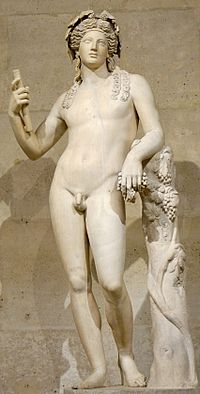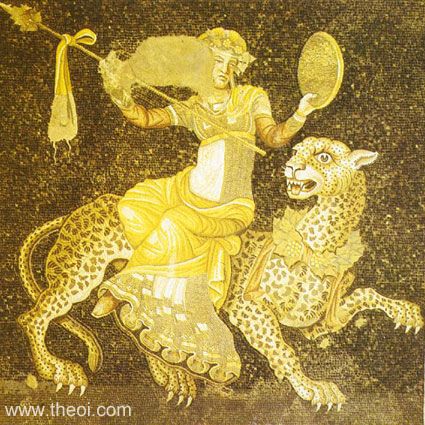The last installment of main characters from the novel I’m currently revising is Cleito.
Cleito is a minor figure in Greek mythology. She’s mentioned briefly by Plato in his Critias dialogues:
“Poseidon…had been awarded the isle of Atlantis, where he begat children by a mortal woman. The island…where dwelt an aboriginal inhabitant called Evenor, who by his wife Leucippe, had a daughter called Cleito. The girl, after the deaths of her parents, was espoused by Poseidon.”
There’s no physical description of Cleito that I can find, nor any statues or paintings of her from the ancient world era.
In some ways, that makes her portrayal more fun. Cleito was the Queen Mother of Atlantis, but she’s left obscure, while her husband is depicted widely in mythology and artwork. I have a blank slate from which to work.
Here are a few images I retrieved that shape my rendering of her.

This is the crest from the Krewe of Atlantis, a civic organization that puts on an Atlantis-themed float at New Orleans’ Mardi Gras. Cleito is the Grecian matron on the left.

Like I said, there are no ancient world artifacts featuring Cleito, so I had to stretch my search to modern things, like this painting that advertises the “Cleito Room” at the Atlantis Guest House in Bloemfontein, South Africa. Here she’s a mermaid, with quite a following of young mermen.
I’m not depicting Cleito as a mermaid, but she does like having men wrapped around her finger.
According to the website, the “Cleito Room” features one double bed and a shared bathroom. A room for travelers on a budget. Cleito would be ruined.

This is a painting of the goddess Amphitrite that I really like. It’s by artist Gintare Bruzas. Amphitrite was Poseidon’s more famous wife, so there are a whole lot more images of her than Cleito. It comes really close to how I imagine her.
When I started writing Cleito, I kept thinking about Maria Sharapova. She’s kind of been my muse. Cleito is strong-willed, physically and psychologically intimidating, tall, commanding, fashion-conscious, and she doesn’t crack a smile when she’s hard at work. Before she shared the stage with Poseidon, she was the kingdom’s High Priestess after all.



 Here’s a younger, leaner Poseidon. It’s a famous bronze statue circa 5th century BCE Greece. I bought a copy of it in Mykonos. He looks more athletic, less musclebound, in these earlier renderings.
Here’s a younger, leaner Poseidon. It’s a famous bronze statue circa 5th century BCE Greece. I bought a copy of it in Mykonos. He looks more athletic, less musclebound, in these earlier renderings. Here’s Poseidon on a Greek postage stamp.
Here’s Poseidon on a Greek postage stamp. I like this illustration by artist
I like this illustration by artist 


 This is a glass cameo from the 1st century ACE, at the Petit Palais in Paris. Dionysius (Bacchus) is the little child, and the description says the older man in the picture is a satyr, giving Dionysius grapes.
This is a glass cameo from the 1st century ACE, at the Petit Palais in Paris. Dionysius (Bacchus) is the little child, and the description says the older man in the picture is a satyr, giving Dionysius grapes.
